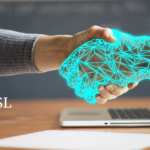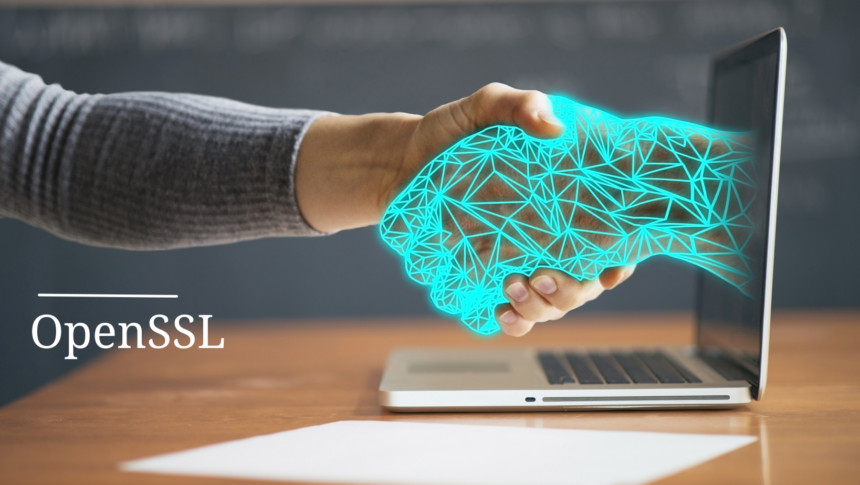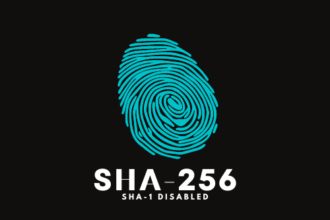Let’s talk about a few latest cybersecurity techs that need to be taken care of by cyber geeks.
Here are some prevalent cybersecurity trends as of today.
Zero Trust Architecture:
The Zero Trust model assumes that threats may exist both outside and inside a network. It requires strict identity verification for anyone trying to access resources, regardless of their location.
Recognized companies providing Zero Trust Architecture (ZTA) security solutions
- Palo Alto Networks:
- Cisco Systems:
- Akamai Technologies:
- CrowdStrike:
- Symantec (now Norton LifeLock):
- Microsoft:
- Google Cloud Identity and Access Management (IAM):
- Check Point Software Technologies:
Cloud Security:
With the increasing adoption of cloud services, securing data and applications in the cloud is a top priority. This includes implementing robust access controls, encryption, and monitoring for cloud environments.
Artificial Intelligence (AI) and Machine Learning (ML) in Cybersecurity:
AI and ML are being used to enhance cybersecurity capabilities, including threat detection, anomaly detection, and predictive analysis. These technologies can help organizations identify and respond to threats more efficiently.
Ransomware Protection and Mitigation:
Ransomware attacks have become more sophisticated, targeting both individuals and organizations. Cybersecurity efforts focus on prevention, rapid detection, and effective response strategies, often involving backup and recovery plans.
Endpoint Security:
With the rise of remote work, securing endpoints such as laptops, mobile devices, and IoT devices has become a critical focus. Endpoint protection platforms are evolving to provide comprehensive security against various threats.
5G Security:
As 5G networks roll out globally, there is a need for robust security measures to protect the increased data flow and the growing number of connected devices. This includes securing the communication channels and addressing potential vulnerabilities.
Supply Chain Security:
Cybersecurity threats targeting the supply chain have become a significant concern. Organizations are taking steps to assess and enhance the security of their supply chains to prevent and mitigate cyberattacks.
Biometric Authentication:
Biometric authentication methods, such as fingerprint and facial recognition, are gaining popularity as more secure alternatives to traditional password-based systems. These methods provide an additional layer of identity verification.
Extended Detection and Response (XDR):
XDR solutions aim to provide more comprehensive threat detection and response capabilities by integrating various security products and generating a unified view of security incidents across an organization’s infrastructure.
Quantum-Safe Cryptography:
With the advancement of quantum computing, there is a growing need for cryptographic algorithms that can withstand attacks from quantum computers. Quantum-safe cryptography aims to address this concern.
It’s essential to stay updated on the latest cybersecurity trends, as the threat landscape is continuously evolving. Regularly checking reputable cybersecurity sources and staying informed about emerging technologies and threats will help organizations and individuals stay ahead of potential risks.










